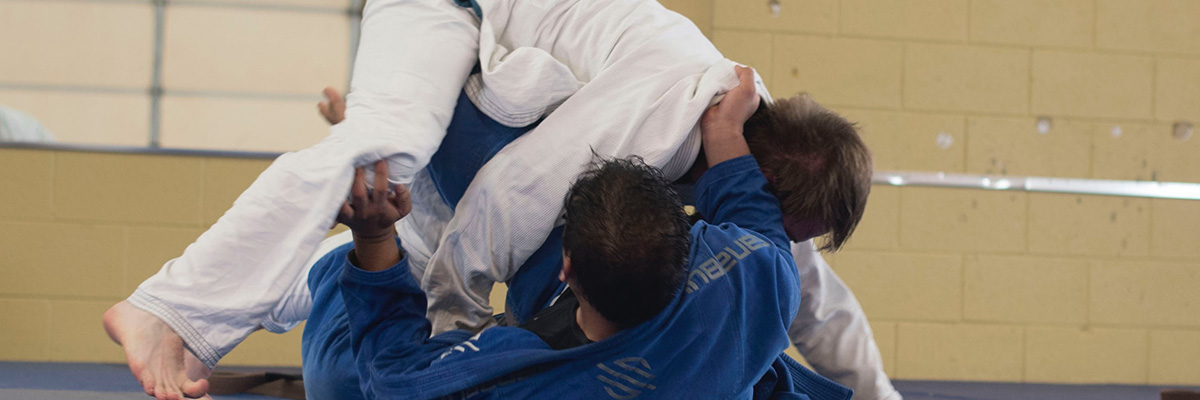CATEGORY osteochondral allograft
ISAKOS 2015: Fresh Osteochondral Allografts (OCA) in the Knee
Comparison of Primary Transplantation Versus Transplantation After Failure of Previous Subchondral Marrow Stimulation
Read more Download PDFOsteoarticular Transplantation: Recognizing Expected Postsurgical Appearances And Complications
In recent years, the use of biologic materials in orthopedic surgery has increased; these include such materials as allografts, consisting of cadaveric bone, cartilage, and other soft tissues that can be transplanted into a living patient.
Read moreOsteochondral Allograft Transplantation in Cartilage Repair
This publication highlights research spanning over two decades that was responsible for establishing osteochondral allograft (OCA) transplantation as an effective treatment method for cartilage restoration.
Read more Download PDFOsteochondral Allograft Transplantation for Knee Lesions After Failure of Cartilage Repair Surgery
OCA transplantation is a successful salvage surgical treatment after cartilage repair procedures.
Read moreFresh Osteochondral Allograft Transplantation for Isolated Patellar Cartilage Injury
Osteochondral allograft (OCA) transplantation has been used as a treatment option for a range of cartilage disorders.OCA transplantation was successful as a salvage treatment procedure for cartilage injuries of the patella.
Read moreFresh Osteochondral Allografts in the Knee: Comparison Transplantations
OCA transplantation is an appropriate treatment option in both cartilage primary repair and revision injuries. Both groups showed improvements in pain and function, exhibited long survivorship and had high satisfaction rates.
Read moreFresh Osteochondral Allograft Transplantation for Bipolar Reciprocal Osteochondral Lesions of Knee
Osteochondral allograft transplantation is a useful salvage treatment option for reciprocal bipolar cartilage lesions of the knee. High reoperation and failure rates were observed, but patients with surviving allografts showed significant clinical improvement.
Read moreOsteophyte in Tibial Plateau Is a Risk Factor for Allograft Extrusion After Meniscus Allograft
Osteophytes can be observed on the tibial plateau during meniscus allograft transplantation.
Read moreLarge Fresh Osteochondral Allografts of the Knee
The aim of this study was to conduct an updated review of the literature regarding the clinical and basic science knowledge on osteochondral allograft transplantation in the knee for the treatment of large defects.
Read moreOsteochondral Allograft Transplant to the Medial Femoral Condyle Using a Lateral Condyle
Osteochondral allograft (OCA) transplantation is an effective treatment for defects in the medial femoral condyle (MFC), but the procedure is limited by a shortage of grafts. Lateral femoral condyles (LFCs) differ in geometry from MFCs but may be a suitable graft source. The difference between articular surface locations of the knee can be evaluated with micro–computed tomography imaging and 3-dimensional image analysis.
Read moreComparison of Glenohumeral Contact Pressures and Contact Areas After Posterior Glenoid Reconstruction with Distal Tibial Osteochondral Allograft
Reconstruction with fresh distal tibial allograft (DTA) is an alternative option, with the theoretical advantages of restoring the glenoid articular surface, improving joint congruity, and providing the biological restoration of articular cartilage loss.
Read moreSalvage Of Contaminated Osteochondral Allografts: The Effects Of Chlorhexidine On Human Articular Chondrocyte Viability
Because chondrocyte viability is imperative for successful osteochondral allograft transplantation, sterilization techniques must provide antimicrobial effects with minimal cartilage toxicity.
Read moreOsteochondral Distal Metatarsal Allograft Reconstruction: A Case Series and Surgical Technique
Osteochondral distal metatarsal allograft reconstruction is a safe and effective procedure for treatment of painful, degenerative conditions of the metatarsophalangeal joints.
Read moreBipolar Fresh Osteochondral Allografting of the Tibiotalar Joint
Tibiotalar arthritis in the young, active patient is a debilitating condition with limited treatment options where bipolar tibiotalar fresh osteochondral allograft transplantation was conceived as a possible option.
Read moreWhy Allograft Reconstruction For Osteochondral Lesion Of The Talus?
For defects with a large diameter, large cystic component, or heavily involving the shoulder of the talus, an allograft provides an excellent option.
Read moreAllograft Reconstruction of a Large Giant Cell Tumor of the First Metatarsal: A Case Report
The purpose is whether a metatarsal allograft can be used for a giant bone tumor.
Read moreFresh Osteochondral Allograft for the Treatment of Cartilage Defects of the Talus: A Retrospective Review
The transplantation of fresh osteochondral allograft is a viable and effective method for the treatment of osteochondral lesions of the talus as evidenced by improvements in pain and function.
Read more

